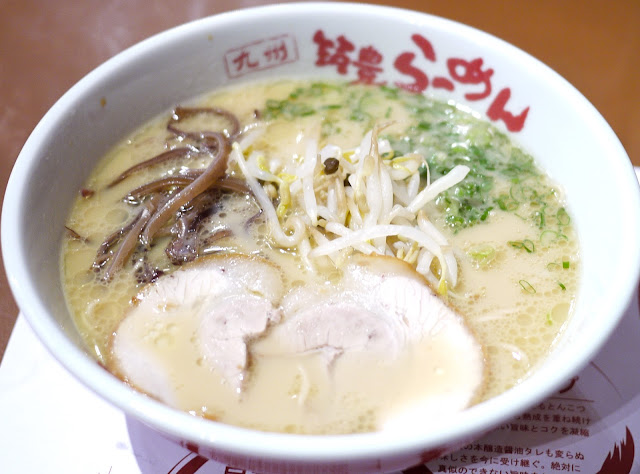According to Massive Health's Eatery, breakfast is the most important meal of the day. But if your breakfast consists of sinful food like nasi lemak, roti canai or curry mee, you are definitely not starting your day on the right foot.
Studies suggest that eating fiber rich breakfast such as cereal, bread, fruit and vegetables
may help to prevent low blood sugar levels between meals and increase the level of satiety for the rest of the day. This will help control hunger and you will probably eat smaller portion during lunch and dinner. On average, people who don’t eat breakfast eat 6.8% more food throughout the day.
It is worth nothing that, the healthiness of the food we eat decreases by 1.7% for every hour that passes in the day. Lunch is 7.4% less healthy than breakfast, while dinner is 15.9% less healthy! The healthiness level of the food also decreases for every day that passes in a week. We eat less healthier food on the weekend, as we like to indulge after a week of hard week. We probably had more cupcakes, more pastries, more burgers and of course more alcoholic drinks!
Despite all these statistics and advices, I started off my day with nasi lemak, tonkatsu for lunch and I'm already thinking about what I should eat for dinner. Question: How did you start your day?
Happy Friday! =D
Despite all these statistics and advices, I started off my day with nasi lemak, tonkatsu for lunch and I'm already thinking about what I should eat for dinner. Question: How did you start your day?
Happy Friday! =D













